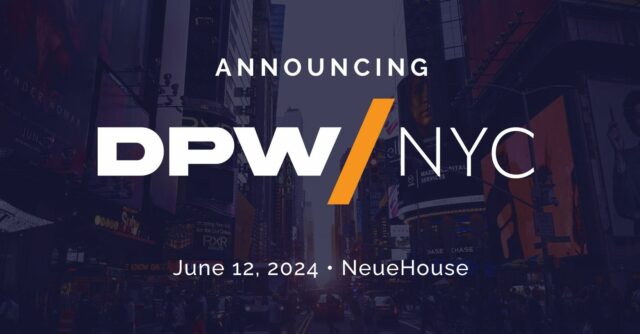As the UK economy continues to balance on the edge of a recession, employee retention is quickly being pushed to the top of CEOs’ lists. Over the past couple of years, the job market has shifted dramatically with previously unheard terms such as ‘the great resignation’, ‘quiet quitting’ and ‘hybrid working’ becoming commonplace. People are rightly prioritising their working situation and job satisfaction levels, questioning whether they believe in the organisations they are committing so much time to.
Consequently, there has been a power dynamic shift in favour of the workforce. Reportedly in the third quarter of 2022 businesses witnessed over 365,000 job-to-job resignations across the UK. In similar fashion, the phenomenon of ‘quiet quitting’ – doing the bare minimum required of a job – has become a growing concern but its rise is prompted by a growing number of employees feeling disengaged in their roles.
Against this backdrop of a highly turbulent job market, and increasingly difficult macro-economic pressures, it’s vital for CEOs to prioritise a people-first strategy to ensure healthy growth for their business in 2023. Data from Deloitte has even revealed that experts believe how engaged a workforce feels can directly correlate to overall business output, with 93% of HR and business leaders in agreement that building a sense of belonging is crucial for organisational performance.

However, creating the right environment and recruiting, maintaining and nurturing the right talent to ensure a people first approach can be daunting. With this in mind, here are four learnings CEOs might want to consider when approaching this challenge:
1. Define your beliefs
Before CEOs and founders can hope to attract the right talent, it is critical to first distil and translate the business vision into something that can be understood by employees. Put simply, this means defining the business’ beliefs.
Some business leaders may already refer to this as an ‘employer brand’, and it can be key to not only securing better talent, but also saving a business money in the long-term. Data from LinkedIn for example, recently found that a strong employer brand can help to reduce employee turnover by as much as 28% and cost-per-hire by 50%. Defining these beliefs – or the tenets a business does and doesn’t stand for – is therefore the perfect exercise to put a vision onto paper, and clearly communicate it to its prospective talent.
2. Build a solid culture
Once these beliefs have been defined, they must be reflected, and built into a strong culture. A business’ beliefs should permeate through the whole organisation – from customer communications, to how staff are treated, to how leaders run the business. Culture should essentially be a representation of a business’ beliefs being put into practice.
Building a strong culture in a business, however, is not solely about these beliefs but also extends into how employees are equipped with the tools they need to succeed. Companies that invest in learning and development for example, have been found to benefit from a 24% higher profit margin than those that don’t, according to the Association of Talent Development. Training and development should therefore be seen as a worthwhile and necessary investment that can solidify your culture and ensure profitability, not just an unavoidable cost.
3. Invest in retention
With research from Oxford Economics estimating the average turnover per employee earning £25,000 a year to be £30,000 plus, there is an evident cost to businesses that fail to invest in retention. Tackling this will mean regularly taking the time to truly understand what makes employees tick – and more specifically, understanding their motivations, attitudes, behaviours, strengths and weaknesses.
As the past few years have evidenced, individuals are no longer deciding where they work solely based on salary, but are also thinking about employer values, flexibility, and benefits. To avoid employee churn, businesses should regularly take time to understand what drives their employees and implement retention strategies to address these drivers. Gathering and analysing employee data will play an important role here over the coming years, and should be built into a long-term strategy to optimise employee satisfaction.
4. Build for the future
A common challenge encountered by modern businesses and startups wanting to take a people first approach, can be their ability to stay committed to it. As a business grows in size and becomes successful, it can be all too easy to let external factors dictate its purpose and for it to lose sight of what it initially stood for. The reality is that when this happens, a business is in its most vulnerable state – as its beliefs become increasingly distant, and worse, employees no longer understand what it stands for.
When creating a people-first strategy its therefore important to think long-term. If there are external factors that will potentially put this strategy at risk in future, it’s crucial to identify them, and put in practical steps to mitigate them where possible. The pandemic, for example, is a prime example of an external factor that interrupted the status quo of many businesses – disrupting employees, customers and operations in general. While they can be unpredictable in nature, having a plan to get through these times can help to get you back on track and reassure talent that a solution is in place.
In this economic climate, defining beliefs, building a solid culture, and retention plan should be at the core of every business’ strategy. It’s only when these things are in place that a business can hope to attract and retain talented people that exude the same passion and values built into the heart of a business. As while a business’ growth may be defined by its leaders, it is delivered by its people who are putting that vision into practice.











